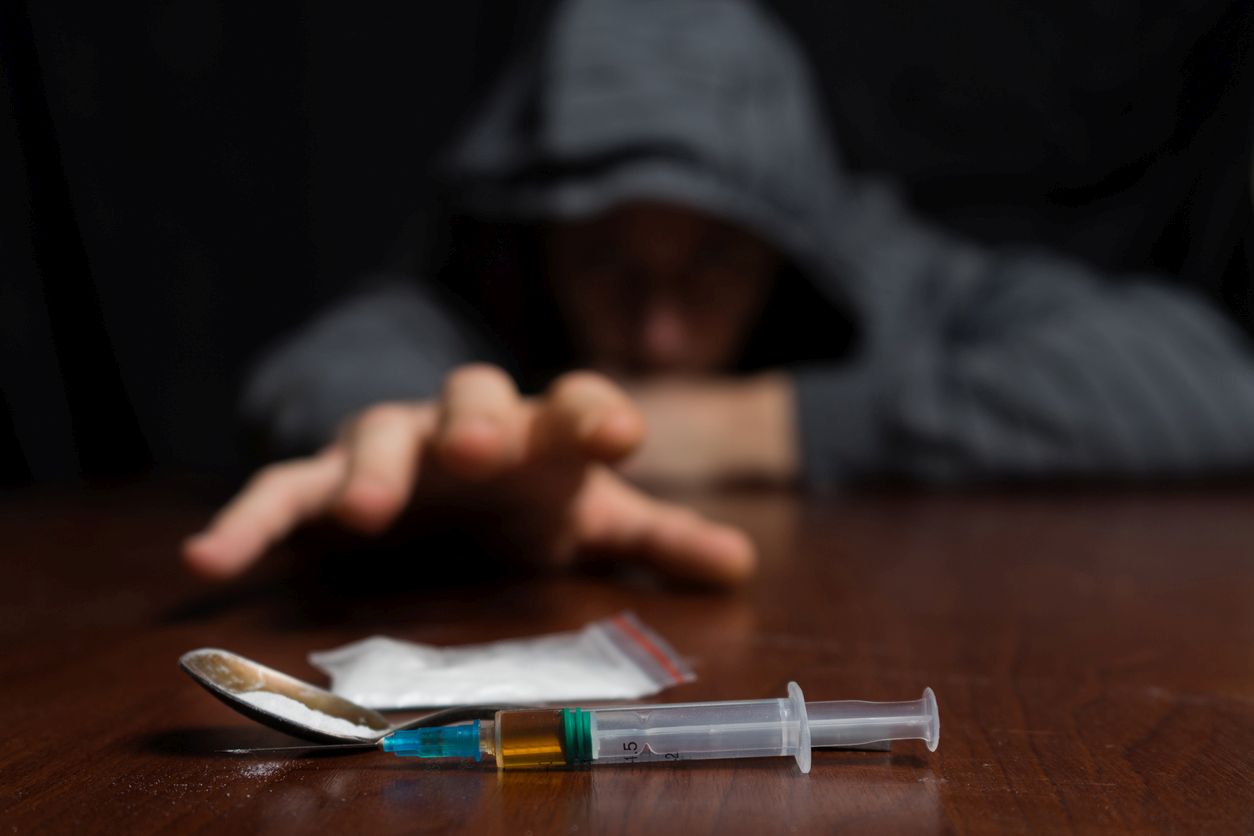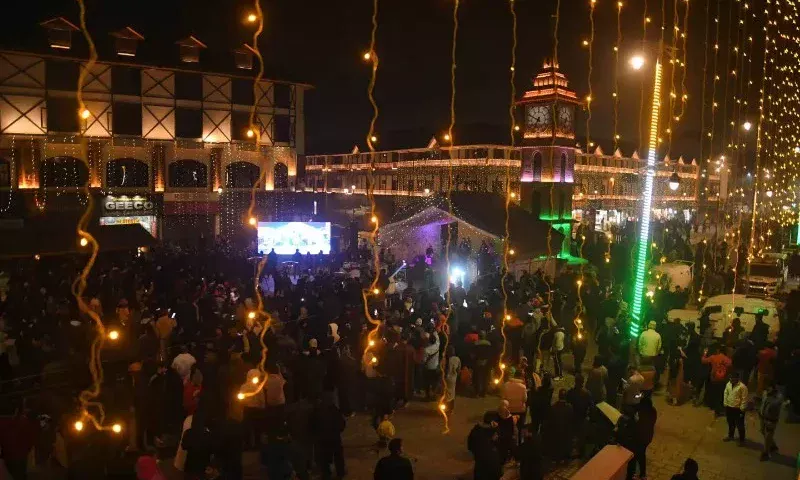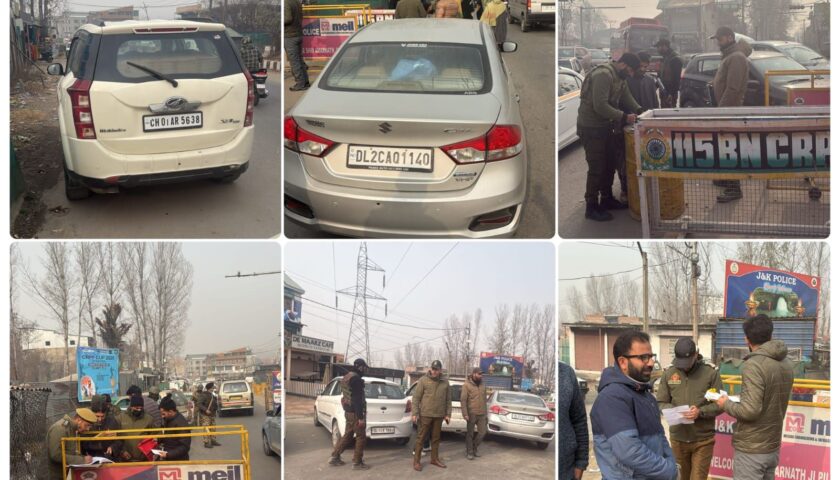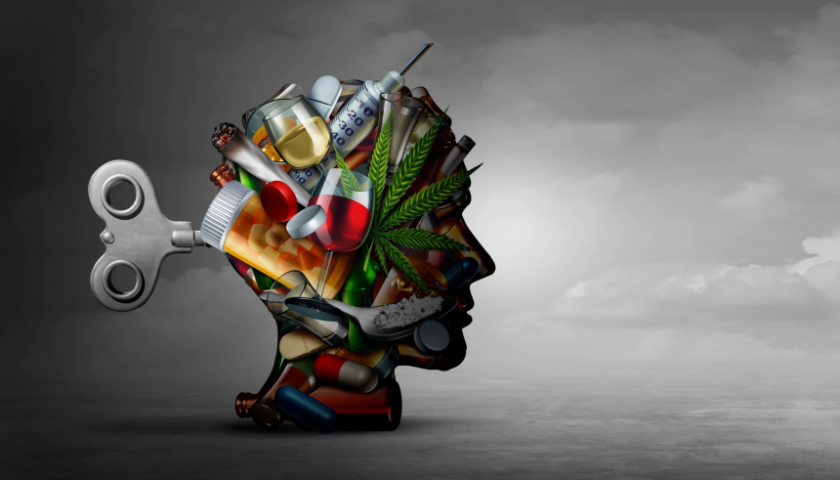When Silence Becomes Complicity
By: Javid Amin | Srinagar | 01 July 2025
Kashmir, long portrayed as a land of spiritual serenity and natural beauty, is quietly battling a crisis that threatens to consume its future—drug abuse. Behind the snow-clad mountains and saffron fields lies a grim and growing tragedy: over 1.35 million people in Jammu and Kashmir are struggling with substance abuse, according to a 2022 study by the Government Medical College, Srinagar. Among these, heroin dominates the list of abused substances, accounting for nearly 90% of patients treated in de-addiction centers.
What’s worse? Synthetic opioids and injectable drugs have become disturbingly common, especially among youth aged 15–30. From Srinagar to Sopore, from Kupwara to Anantnag, this crisis is no longer hidden—it’s visibly destroying families, health systems, and the Valley’s social fabric.
And yet, drugs continue to be openly sold near schools, in hospitals, and in neighborhood corners. This raises an unavoidable question: Where is law enforcement? Where is civil society?
This isn’t just a health emergency—it’s a generational collapse in motion. The failures of policing, community leadership, religious institutions, and governance have all coalesced to make Kashmir’s drug crisis a ticking time bomb.
The Numbers Don’t Lie: Heroin’s Deadly Grip on Kashmir
According to the 2022 GMC study, the drug abuse scenario in Kashmir is not just widespread—it is deeply entrenched and escalating.
Key Findings:
-
1.35 million people in J&K are using some form of psychoactive substance.
-
Heroin accounts for 90% of cases in de-addiction centers.
-
Over 52% of users are under the age of 30.
-
Injectable drug use has increased by 35% in just three years.
Addiction isn’t just about numbers—it’s about consequences. Hepatitis C infections, HIV risks, vein damage, and fatal overdoses are rising among heroin injectors, creating a parallel public health disaster.
“Every week we see cases of young boys coming in with collapsed veins, withdrawal psychosis, or abscesses. And the numbers just keep growing,” said a de-addiction counselor in Srinagar.
Drug Hotspots in Kashmir:
-
Jhelum Belt (Sopore to Anantnag)
-
Kupwara and Baramulla districts (cross-border trafficking routes)
-
Downtown Srinagar
-
Shopian and Kulgam (rural networks expanding)
Policing the Problem or Enabling It?
Despite frequent narcotics seizures and high-profile arrests, heroin and synthetic opioids are still easily available. Why?
Because token arrests don’t solve structural rot.
What’s Going Wrong:
-
Local dealers are arrested, only to be replaced the next day.
-
Peddlers operate in full view, near schools, markets—even government hospitals.
-
Border security fails to intercept bulk consignments, especially in Kupwara and Uri sectors.
-
Corruption and collusion between peddlers and low-level officials allegedly allow the trade to flourish.
“This isn’t just a law enforcement failure. It’s a criminal compliance network disguised as incompetence,” says a retired officer who now advocates for policy reform.
Despite large seizures—including a ₹100 crore heroin bust in Uri in 2023—supply chains remain active. This proves the existence of deep-rooted, organized networks, some allegedly with cross-border links to Pakistan-occupied Kashmir (PoK).
Role of Religious Institutions: The Missing Moral Compass
Kashmir is a land where religion shapes daily life, social codes, and public morality. And yet, mosques, shrines, and religious leaders have mostly remained silent spectators to the unfolding drug tragedy.
Why This Silence Hurts:
-
Friday sermons rarely address addiction.
-
Addiction is seen as a “moral failing”, not a disease.
-
Families fear shame and social ostracization, leading to silence and inaction.
But the need for spiritual engagement has never been greater. Religious platforms can:
-
Educate youth on addiction’s psychological and physical impact.
-
Promote empathy and community support for recovering addicts.
-
Organize mosque-based counseling sessions and awareness drives.
-
Reframe addiction recovery as a path of redemption, not shame.
“Islam offers countless teachings on healing, compassion, and self-restraint. Why aren’t we applying them to the drug crisis?” asks Maulana Adil Ahmad, a progressive cleric from Anantnag.
Rehabilitation in Ruins: A System Overwhelmed
Even as the crisis deepens, rehabilitation infrastructure remains woefully inadequate. There are only a handful of fully functional de-addiction centers in the entire UT, most under-resourced and understaffed.
Challenges Facing Rehab Centers:
-
Shortage of trained psychiatrists and addiction counselors.
-
Inadequate supply of essential medicines like Buprenorphine and Naloxone.
-
Overcrowding, with 50–70% more patients than capacity.
-
No structured follow-up or reintegration programs after detox.
Addiction is a chronic illness, not a flu. It requires long-term care, psychotherapy, family counseling, and employment support—none of which are systematically available.
“We clean them up and send them back into the same environment—with the same friends, same dealers, and same stress. That’s a recipe for relapse,” says Dr. Naseer Mir, a senior psychiatrist.
Mental Health: The Invisible Crisis Behind Addiction
Many Kashmiris—especially youth—live under chronic psychological stress. Decades of conflict, unemployment, social instability, and trauma have created a breeding ground for substance abuse.
Underlying Psychological Triggers:
-
Post-traumatic stress disorder (PTSD)
-
Depression and anxiety disorders
-
Family breakdowns
-
Lack of recreational and creative outlets
Unfortunately, mental health in Kashmir remains a taboo subject. Most families don’t seek help due to stigma, shame, or lack of awareness.
This mental health vacuum makes heroin an easy escape—a temporary relief from emotional pain that soon turns into dependency.
What Must Be Done: A Blueprint for Action
This crisis cannot be fought in silos. It needs multi-pronged action from every corner of society—police, government, religious leaders, teachers, families, and civil society.
1. Law Enforcement Reform
-
Crack down on cartels, not just street dealers.
-
Incentivize whistleblowing within the force to eliminate internal corruption.
-
Cross-border surveillance upgrades, including drones and heat-sensor fencing.
2. Scale Up Rehabilitation
-
Triple the number of government rehab centers, especially in rural districts.
-
Train more addiction specialists, social workers, and peer mentors.
-
Offer free, confidential walk-in clinics to reduce stigma.
3. Mobilize Religious Institutions
-
Launch anti-drug awareness campaigns through mosques and shrines.
-
Encourage faith-based counseling and post-rehab support groups.
-
Train imams and clerics in basic mental health literacy.
4. Youth Engagement & Civil Society
-
Establish drug-free youth clubs, sports leagues, arts programs.
-
Launch community watch programs in drug-prone neighborhoods.
-
Include addiction education in school curricula.
5. Mental Health Integration
-
Co-locate psychologists and addiction counselors in every PHC and district hospital.
-
Conduct regular mental health screening in schools, colleges, and workplaces.
-
Subsidize telehealth and mobile psychiatry units for remote areas.
From Stigma to Support: Humanizing the Addict
One of the biggest barriers to change is the stigma surrounding addiction. Addicts are seen as criminals or moral failures, not patients battling a chronic disease.
This leads to:
-
Shame-induced secrecy
-
Social isolation
-
Higher relapse rates
We need a cultural shift—from punishment to prevention, from shaming to supporting.
Families, friends, schools, and local influencers must be trained to recognize addiction as a treatable disorder—and not a family disgrace.
The Way Forward: Healing a Wounded Generation
Kashmir cannot afford to lose an entire generation to drugs. The future of the region—its economy, politics, peace process, and identity—depends on the health and vitality of its youth.
This is not just a government duty—it’s a collective obligation.
If police don’t clean up neighborhoods, if mosques don’t speak up, if rehab centers stay underfunded, and if society keeps looking away, this crisis will turn from tragic to irreversible.
“We must act today, or tomorrow will be too late,” says a recovering addict from Sopore, now working as a counselor.
Bottom-Line: No More Time to Waste
Key Phrase: generational drug crisis Kashmir, heroin epidemic Kashmir, solution to Kashmir addiction
Kashmir’s drug crisis is no longer brewing—it’s burning. The heroin epidemic, driven by weak enforcement, societal denial, and institutional apathy, has transformed into a generational emergency.
Unless urgent, coordinated, and compassionate action is taken—across law enforcement, religion, health, and civil society—the Valley will continue bleeding its youth into the needle.
Let this not become another tragedy we choose to forget.




